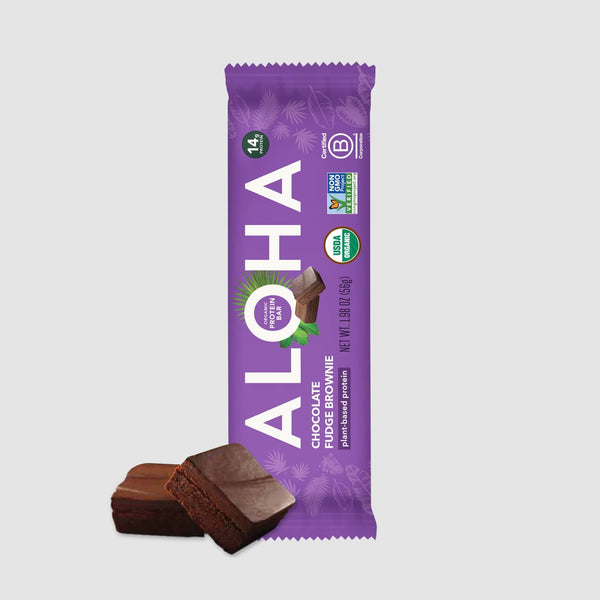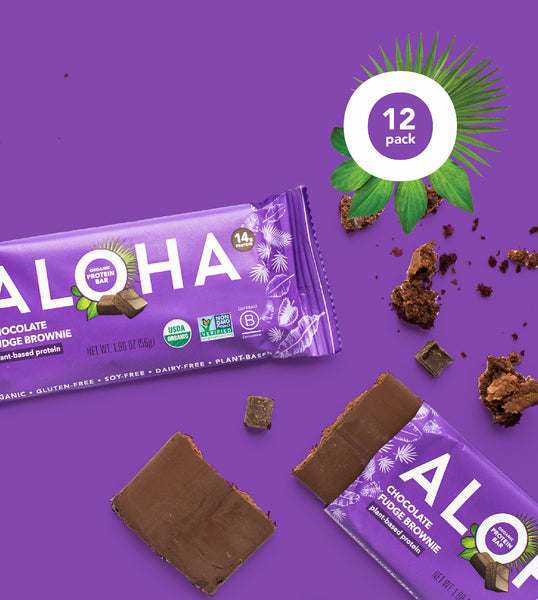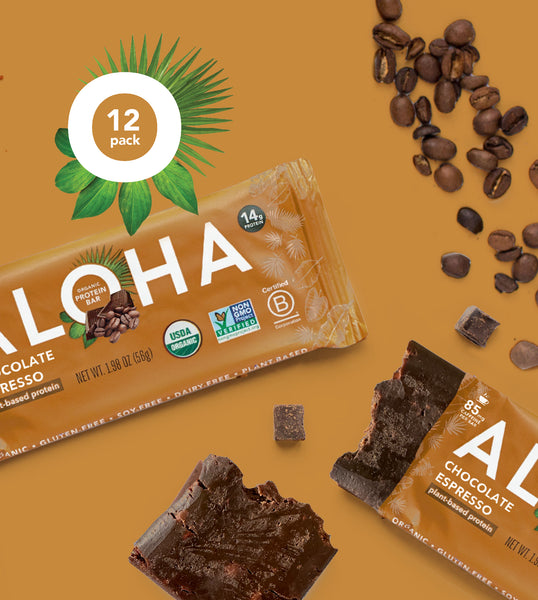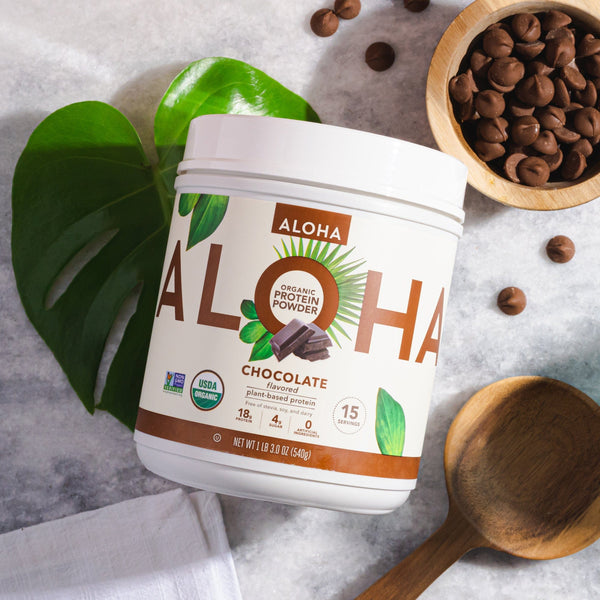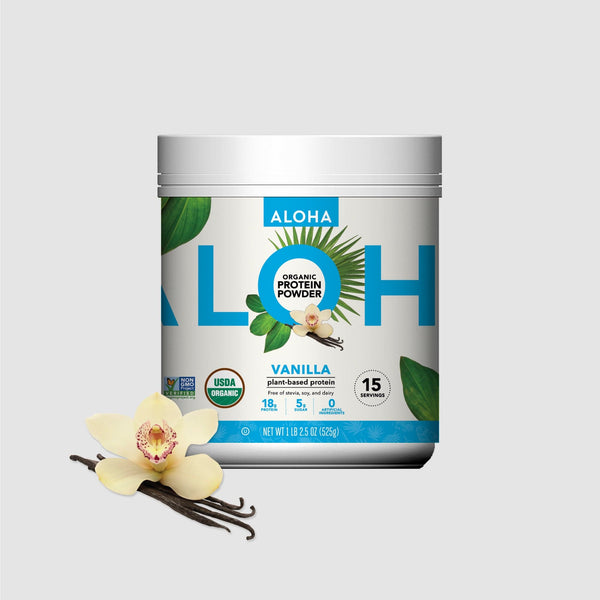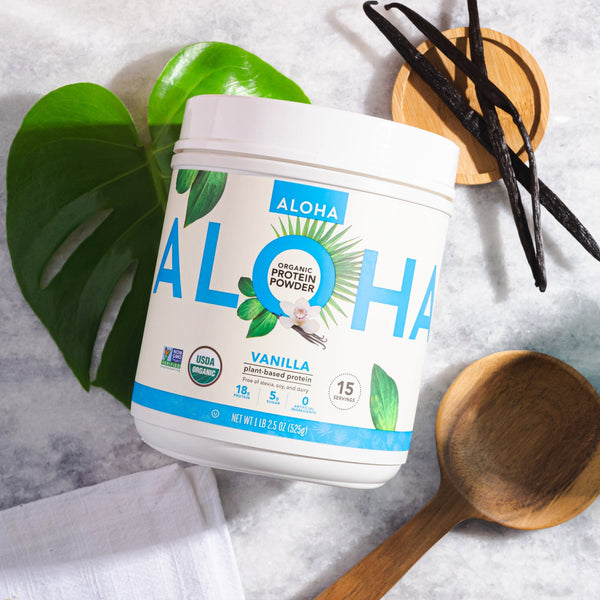Knowing how much protein you need daily is essential for maintaining a balanced and healthy vegetarian diet. Here’s a brief guide to help you assess your daily protein requirements more accurately.
Understanding The Basics
The Recommended Dietary Allowance (RDA) for protein for the average adult is 0.8 grams per kilogram of body weight per day. This baseline serves as a general guide, but your specific needs may vary. For instance:
Sedentary Adults might find this baseline adequate for their daily needs.
Active Adults or those engaging in regular exercise might need more protein to repair muscle tissues and support recovery, ranging from 1.2 to 2.0 grams per kilogram of body weight, depending on the intensity of the activity.
Pregnant Or Breastfeeding Women require additional protein to support fetal and infant growth and should aim for at least 1.1 to 1.3 grams per kilogram of body weight.
Calculating Your Needs
To calculate your protein needs, start by converting your weight from pounds to kilograms (1 kilogram = 2.2 pounds). Then, multiply your weight in kilograms by the appropriate factor from the list above based on your lifestyle and activity level.
For example, a sedentary woman weighing 140 pounds (63.5 kilograms) would calculate her protein needs as follows:
63.5 kg x 0.8 g/kg/day = 50.8 grams of protein per day.
Adjusting Your Intake
Once you've calculated your daily protein requirement, the next step is to assess your current intake and adjust as necessary. Keep track of your meals and the protein content of the foods you eat. There are numerous apps and tools available to help you log your daily intake and ensure you're meeting your protein needs.
It's also essential to spread your protein intake throughout the day across all meals to maximize absorption and utilization by your body. Incorporating a variety of protein sources, such as legumes, whole grains, nuts, seeds, and if you consume them, dairy products and eggs, can help meet your protein and nutritional needs more effectively.
Remember, dietary needs can change due to lifestyle shifts, aging, and health status, so reassessing your protein requirements periodically is wise. If you're unsure about your specific needs, consulting a registered dietitian or nutritionist can provide personalized guidance and recommendations.
Combining Plant Foods For Complete Proteins
How It Works
Eating different plant-based proteins together forms complete proteins with all essential amino acids.
Examples Of Pairings
Legumes And Grains: Rice and beans, peanut butter on whole wheat toast, lentil soup with bread.
Nuts And Seeds With Legumes: Think of hummus (chickpeas and sesame seed tahini).
Grains With Dairy: Cheese on whole-grain bread, oatmeal with milk.
Vegetables With Grains, Nuts, Or Seeds: Salads with quinoa and almonds, stir-fried veggies with tofu and sesame seeds.
Tips For Combining Proteins
Variety: Eat a wide range of plant-based foods throughout the day.
Timing: Complementary proteins can be consumed at different meals.
Experiment: Try mixing different plant-based proteins for new flavors.





